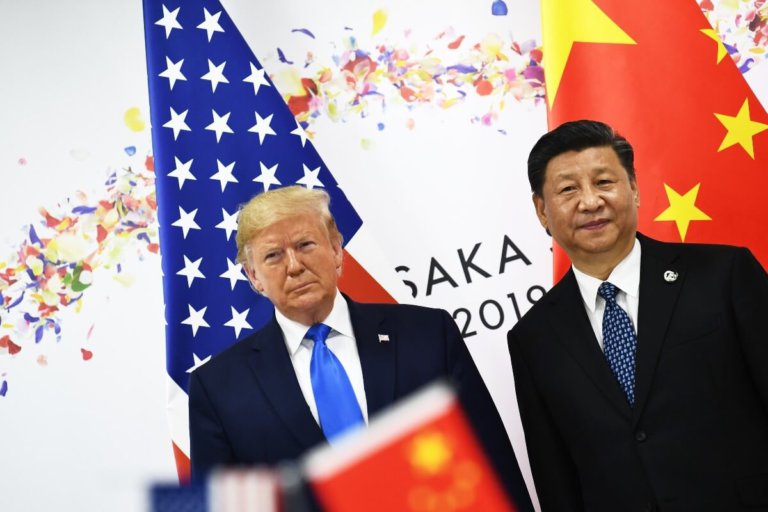
The US-China trade war has been grabbing headlines for months, but little progress has been made when it comes to abating tensions between the world’s two economic powerhouses. Tensions have been rising between both nations over a range of issues, including alleged intellectual property theft and a trade war.
Chinese students comprise the largest portion of international students at American universities, but this will likely change following increase in delays for US study visas.
Caught in the crossfire of the US-China trade war, Chinese students are looking for alternative study destinations — threatening to turn off an important source of revenue for American universities https://t.co/u9GTm5yClr
— AFP news agency (@AFP) July 8, 2019
The Chinese Ministry of Education issued an unprecedented alert in June that Chinese students in the US have been encountering issues such as visa restrictions, prolonged review times, shortened time validity and a rising rate of visa rejections, reported CNN.
Chinese students are looking at a potentially longstanding conflict that will affect their studies should they choose to study in the US. According to data, there has been a two percent year-to-year decline of international Chinese students in the country.
So what other overseas study options are Chinese students choosing?
The diaspora of Chinese international students
No. of foreign students in S. Korea on rise: data https://t.co/Sd2ZCVkJQW
— Yonhap News Agency (@YonhapNews) September 23, 2018
According to a survey by New Oriental, China’s biggest private education provider, the UK, Canada and Australia are just some of the countries expected to benefit from the deteriorating US-China relations. These countries are among the world’s education strongholds, with several universities ranked among the world’s best.
In March 2019, an article in The Sydney Morning Herald reported that students from China make up over a third of Australia’s international university enrolments. There were 125,000 students last year, with 60 percent of them at Group of Eight universities, or Australia’s leading research-intensive universities.
CNA reported: “Over one third of the roughly 360,000 Chinese students in the US study in ‘STEM fields’ – science, technology, engineering and mathematics – according to the Institute of International Education in New York.
“Japan and South Korea – traditional study abroad destinations for the Chinese elite – and parts of Europe, especially Germany and Scandinavian countries with strong engineering programmes, have also seen an uptick in applications, the survey found.”
In April, The Japan Times reported that as of May 1, the country saw an increase of 12 percent of international students. Asian students accounted for a whopping 95 percent of the 298,980 international students. Chinese international students numbered 114,950, up 7.2 percent, Vietnam 72,354 (up 17.3 percent) and Nepal 24,331 (up 13.2 percent), it said.
Last year, The Korea Herald reported: “The number of foreign students registered at South Korean universities and graduate schools rose 14.8 percent from a year earlier to 142,205 as of April, according to the National Institute for International Education, which is affiliated with the education ministry.”
While the largest number of students came from China (accounting for 48.2 percent of international students), this figure is down 6.9 percentage points from a year earlier.
“The portion of Chinese students reached a record-high of 71 percent in 2010 and has declined since then,” it said. No reason was mentioned in the report.
Liked this? Then you’ll love…
China emerges as the No.1 study abroad destination in Asia
The international student’s guide to the US-China trade war and how it impacts them







